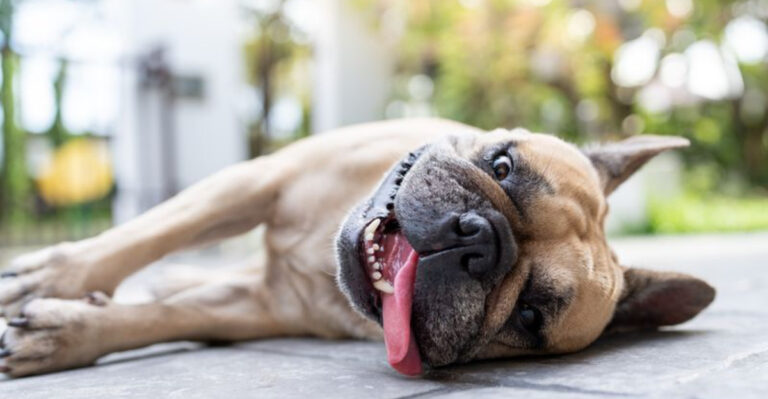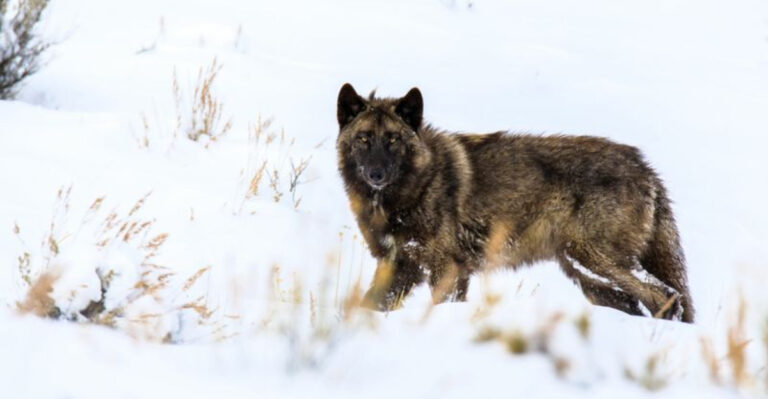14 Clues Your Pet’s Weight Might Be A Problem – And What To Do About It
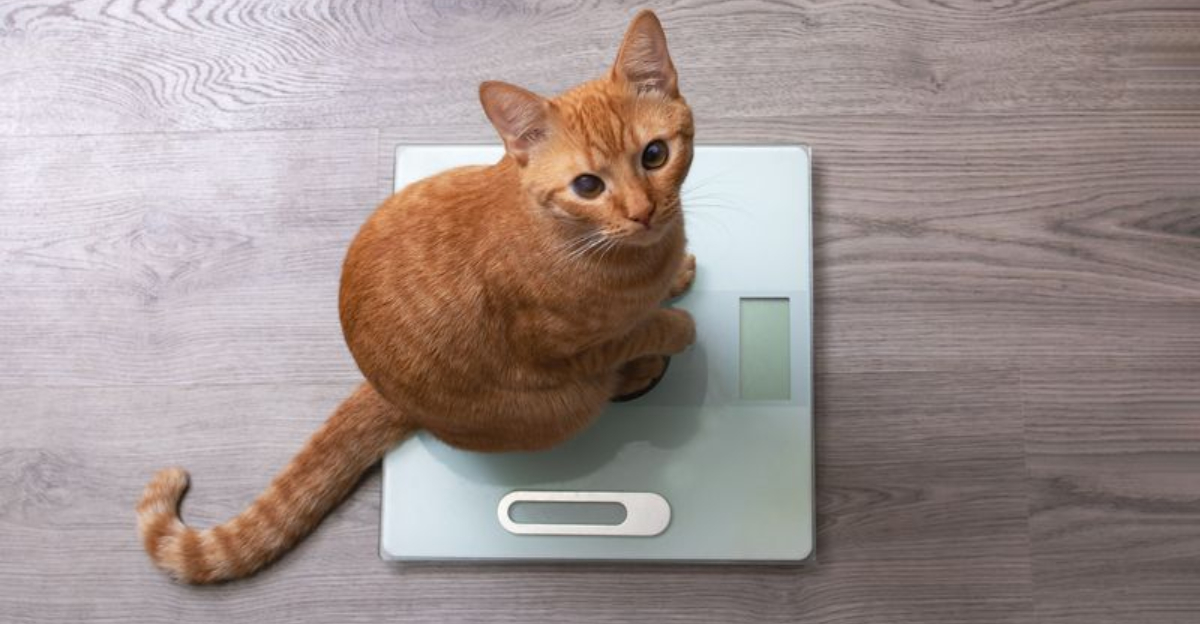
As pet owners, we love showing affection with extra treats, but sometimes that leads to excess weight.
Just like us, pets can face health issues from being overweight, such as mobility problems and a shorter lifespan.
Recognizing the signs of obesity is the first step to a healthier life for your furry friend. This guide will help you spot those subtle signs and offer practical tips on how to tackle the issue.
1. Rounder Face
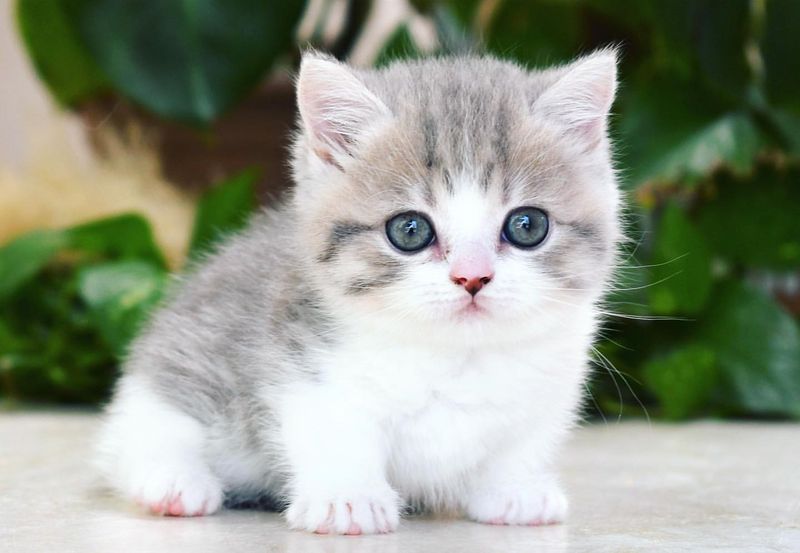
A rounder face could be a sign that your pet is gaining weight. Fat deposits around the face can make it appear fuller, especially in breeds like bulldogs or pugs.
It’s important to tell the difference between their natural facial structure and weight gain.
Talk to your vet to assess their health and address any weight issues.
Use portion control and low-calorie foods, along with gradual increases in physical activity, to help them slim down.
2. Anxiety Or Behavioral Changes

Weight gain can sometimes trigger anxiety or behavior changes in pets. Extra pounds may make them uncomfortable, leading to stress or restlessness.
You might notice your pet becoming less engaged or more anxious around others. These small changes can affect their overall happiness.
Talk to your vet to see if weight is linked to their behavior and get a weight management plan.
A healthy diet and regular exercise can improve both their physical comfort and emotional well-being.
3. Difficulty Breathing
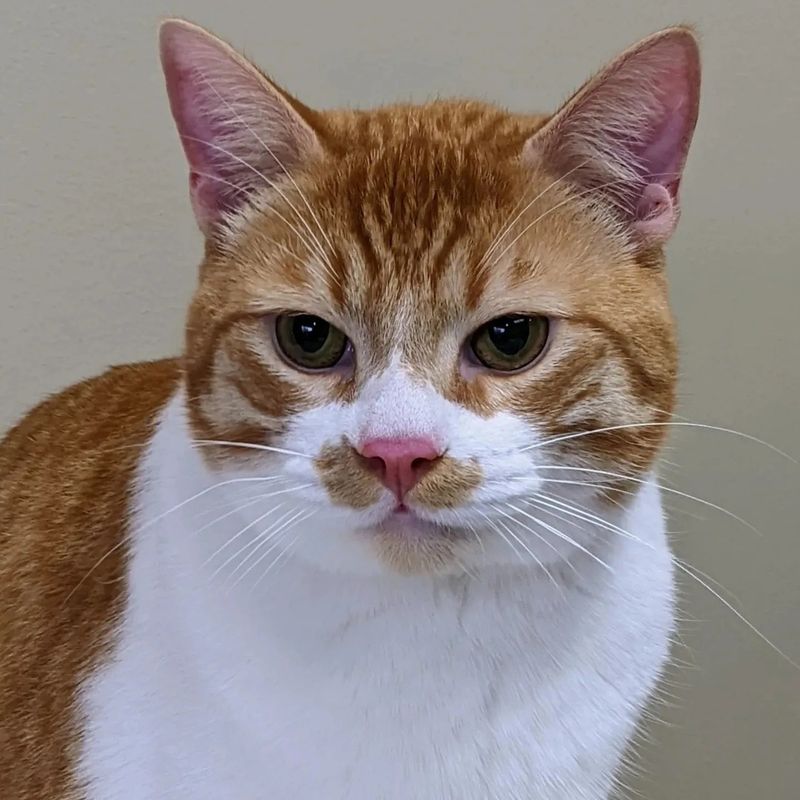
If your pet seems to have trouble breathing, keep an eye on it. This could be more noticeable when they’re resting or after light activity.
Pets carrying extra weight often struggle to breathe, especially if they’re breeds with shorter snouts like bulldogs or pugs.
If they breathe faster or more shallowly, it’s worth noting.
Talk to your vet about weight management plans. Gradually adjust their diet to reduce calories while still providing essential nutrients.
4. Visible Rib And Spine
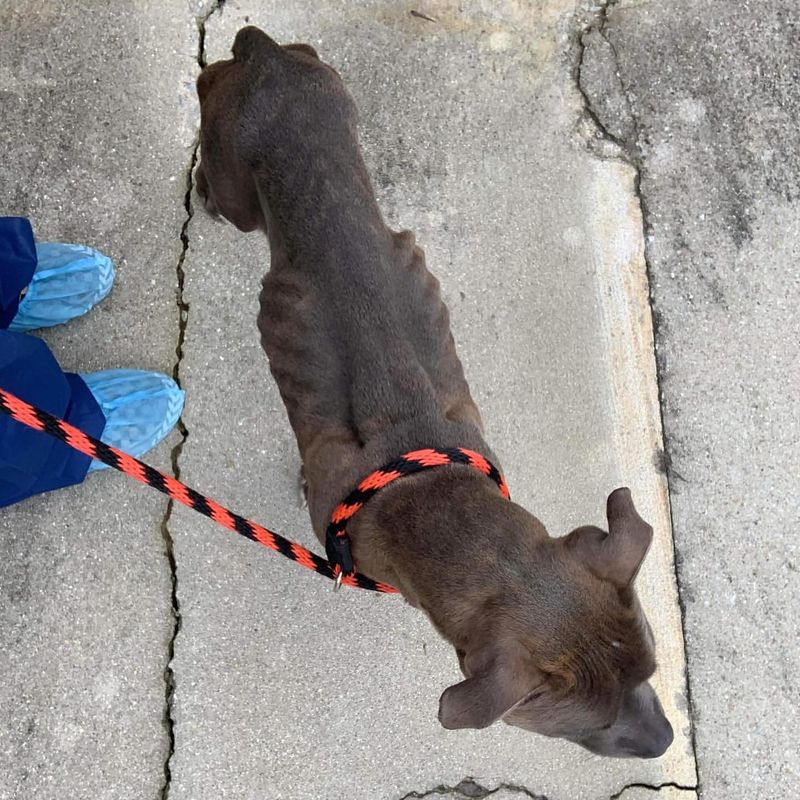
To check your pet’s weight, gently feel their ribs and spine. You should be able to feel them with a slight layer of fat—if not, your pet may be overweight.
Coat thickness can make it tricky to judge just by sight, so always rely on touch, especially for pets with longer fur.
Talk to your vet to set an ideal weight goal based on your pet’s breed, age, and health. They can offer personalized advice.
Feed a balanced diet with proper portion sizes, and make sure your pet gets the right amount of exercise for their energy levels.
5. Joint Pain Or Stiffness
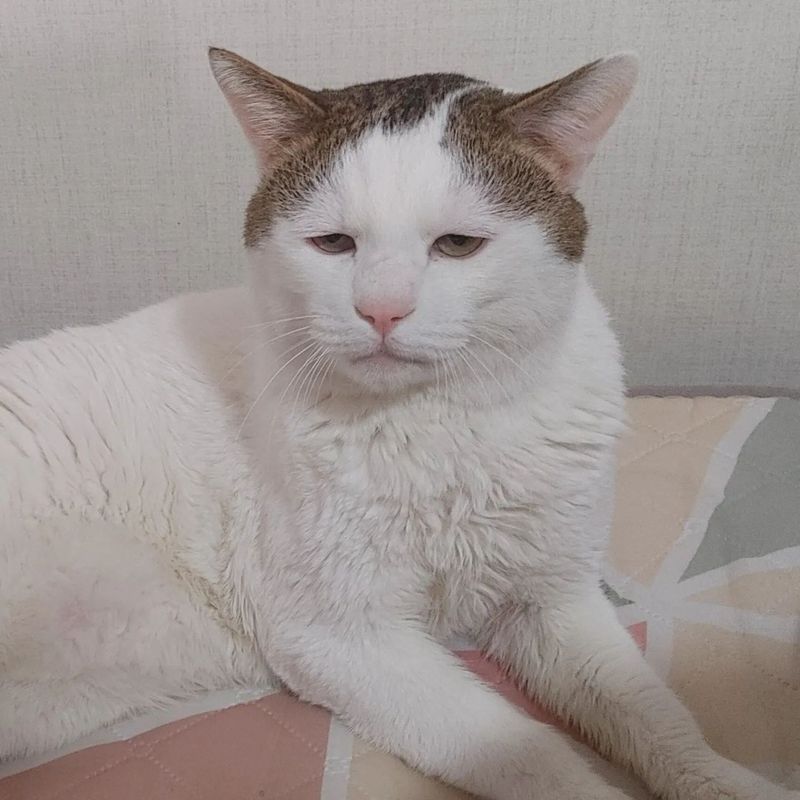
Joint pain or stiffness in pets can be a sign of extra weight putting pressure on their joints.
If your pet struggles with stairs or hesitates to jump, it might be from carrying those extra pounds.
This is especially common in older pets or breeds with joint issues, like German Shepherds or Maine Coons. Look for signs of discomfort or a slight limp after exercise.
Consult your vet to check on your pet’s joint health and develop a weight management plan. Gradual weight loss will ease joint pressure and improve their mobility.
6. Changes In Grooming Habits
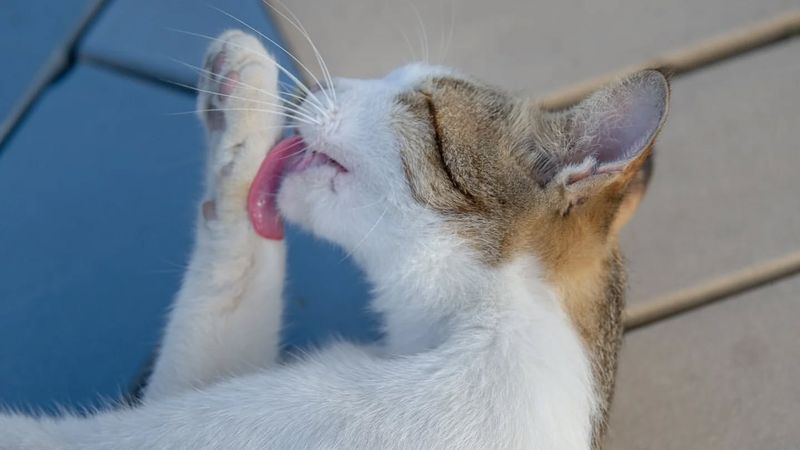
If your pet’s grooming habits change, it might be a weight issue. Cats are usually picky groomers, so if they’re having trouble, it could mean extra pounds.
You might see matted fur or spots they’re not cleaning up as well. Dogs can have the same problem when they can’t reach certain areas.
Excess weight can make grooming uncomfortable, leading to skin problems.
A quick vet visit can help you figure out a plan for diet and exercise.
7. Lethargy
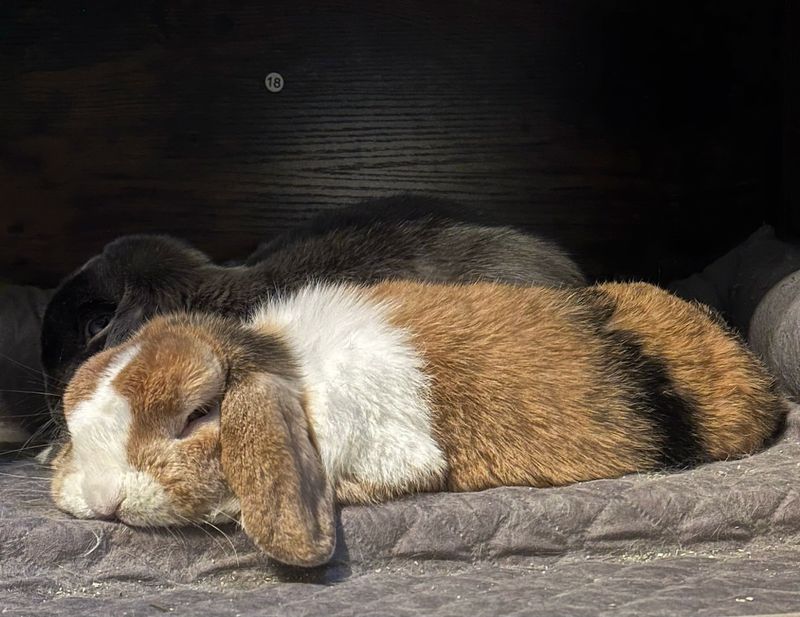
If your pet’s energy levels are low, it could be due to extra weight. You may notice them napping more or avoiding activities they once loved.
This is especially noticeable if your pet is normally active and playful. Lethargy could also be a sign of other health concerns, so keep an eye out.
Visit the vet to rule out any medical issues and discuss weight management strategies.
Start by introducing light exercises and fun, interactive toys to boost their energy.
8. Difficulty In Movement
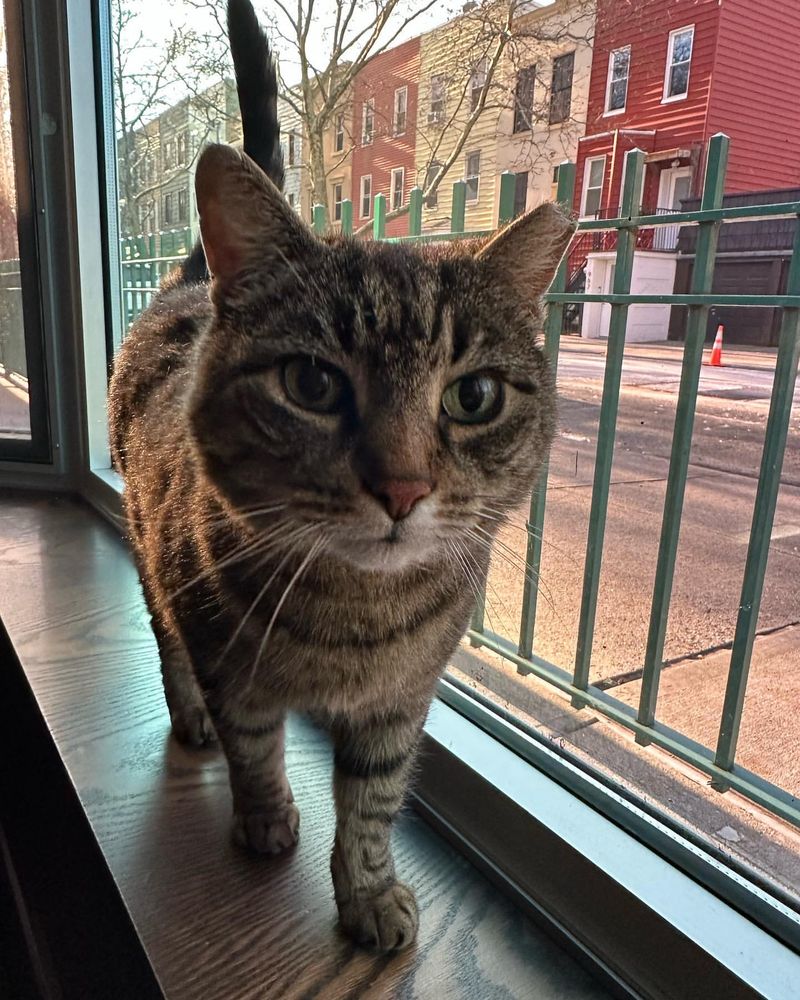
If your pet is having trouble moving, it might be due to extra weight. Watch for signs like difficulty climbing stairs, jumping on furniture, or hesitation during playtime.
This often happens because extra pounds put pressure on their joints and muscles. Breeds like bulldogs or dachshunds are especially prone to these challenges.
Visit your vet to check their mobility and discuss weight management options.
9. Decreased Interest In Activities
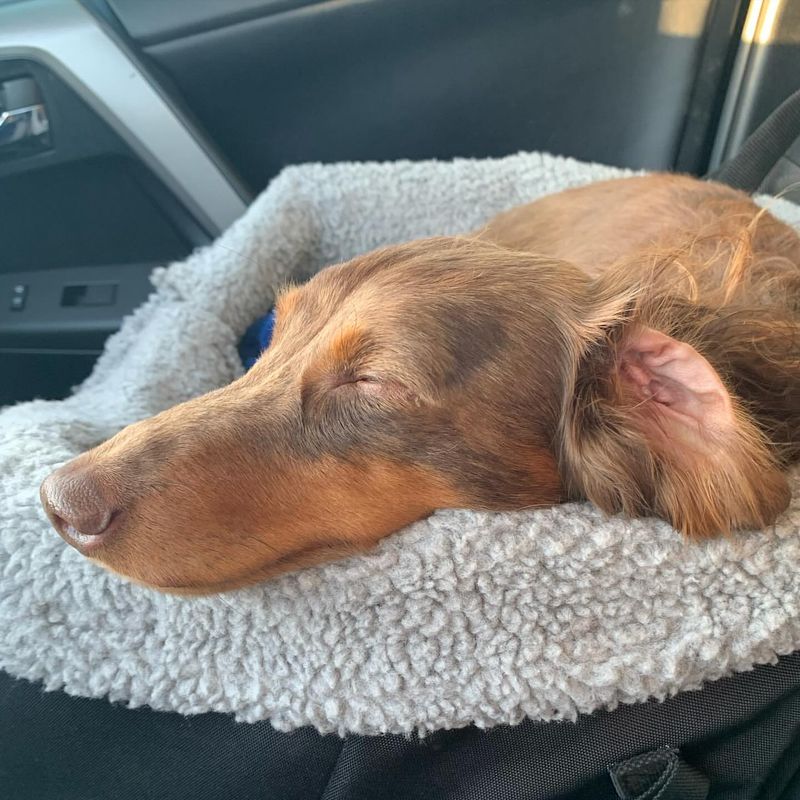
If your pet’s interest in activities drops, it could be due to weight issues. If playtime or walks seem less exciting, it may be because of discomfort or low energy.
This usually happens because extra weight puts a strain on their body, making physical activities harder. Take note if this is a recent change or part of a long-term pattern.
Talk to your vet to rule out health issues and develop a weight management plan.
Start with low-impact activities and use toys that engage both their mind and body.
10. Increased Appetite
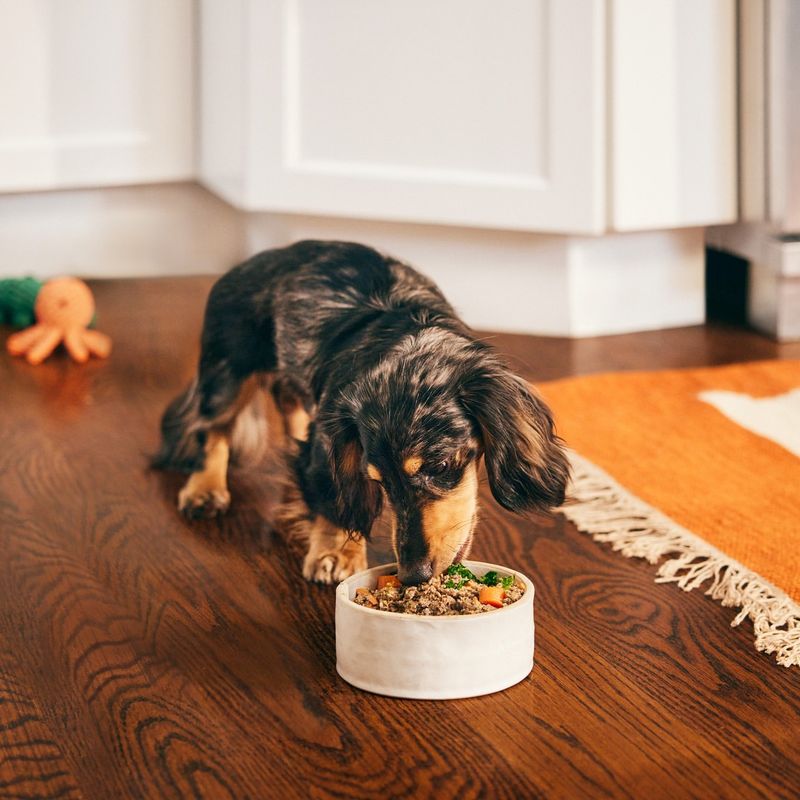
If your pet is constantly hungry, it might be due to overeating or a high-calorie diet. You might see more begging or scavenging, signaling a need for dietary changes.
It’s important to tell the difference between true hunger and eating out of habit or boredom.
Talk to your vet to assess your pet’s diet and set portion controls.
Scheduled feeding times and low-calorie food options can help regulate their appetite.
11. Struggling To Jump
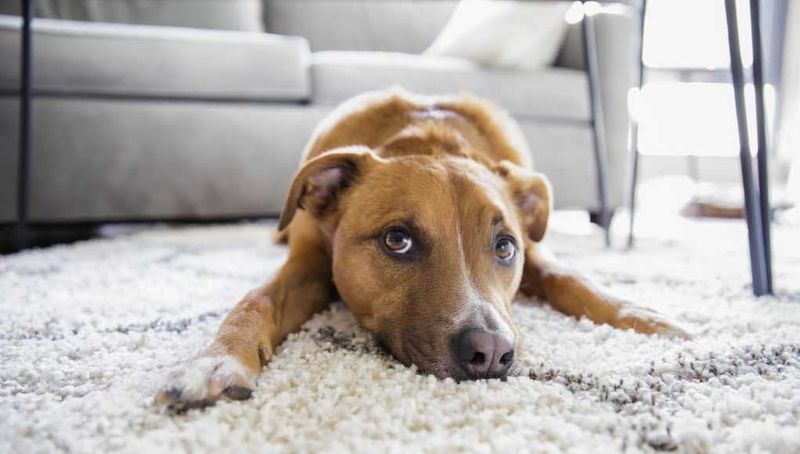
Is your pet hesitating or struggling to leap up onto their favorite spot on the couch? This could be a sign that extra weight is making it difficult for them to enjoy their usual antics.
Imagine watching your cat or dog, once agile and enthusiastic, now pausing before every jump, their eyes calculating the effort against their desire. It’s heartbreaking to see them miss the mark or give up entirely.
Consider introducing joint-friendly supplements and a low-calorie diet to help them regain their bounce. Encourage playful activities that get them moving without strain.
12. Tight Fitting Collar
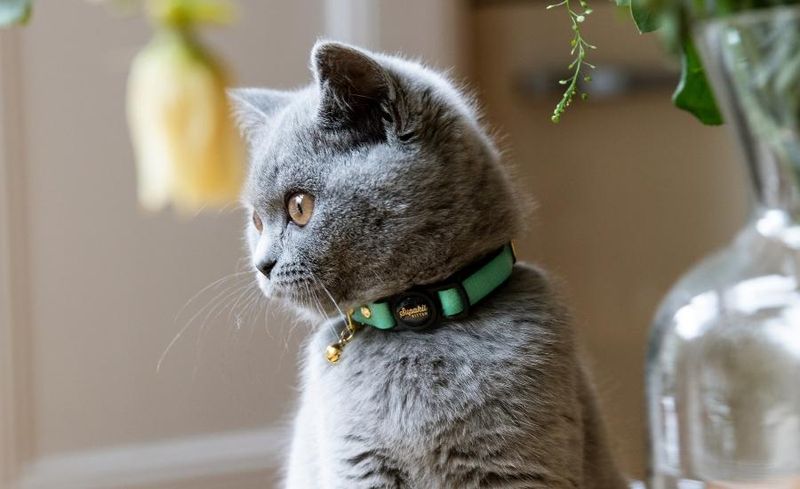
Does your pet’s collar seem a little tighter than usual? This seemingly minor detail could point to an underlying weight issue.
A snug collar may not only be uncomfortable but can also be indicative of a broader problem. Our pets can’t tell us when their outfits are too tight, so it’s up to us to notice when adjustments are needed.
Regularly check their collar and adjust it as necessary. Consultation with a vet can help in crafting a diet plan that addresses weight gain effectively.
13. Panting Excessively
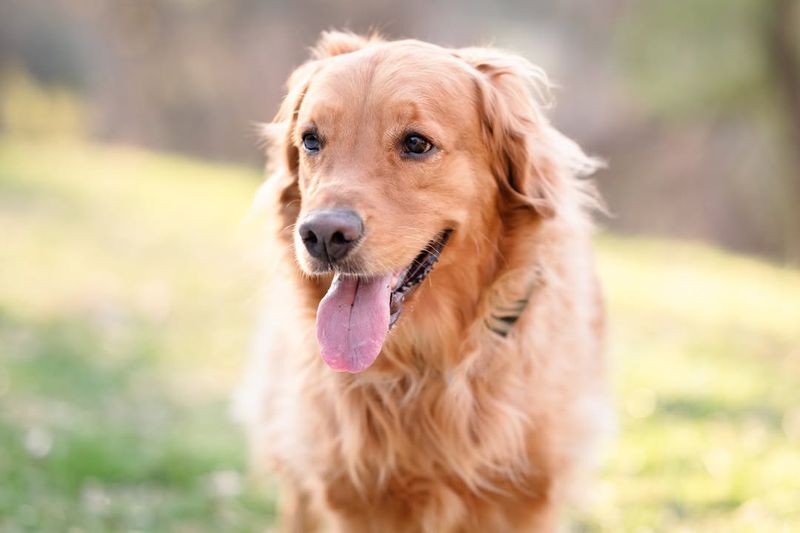
Excessive panting, especially when resting or after light activity, might mean your pet is carrying extra weight.
Overweight pets struggle to regulate their body temperature, leading to more panting.
This is most noticeable during warm weather or even mild activity, as they have a harder time cooling down.
Talk to your vet to assess their weight and get tips on managing it.
Focus on gradual weight loss with a balanced diet and appropriate exercise for their health.
14. Reduced Stamina
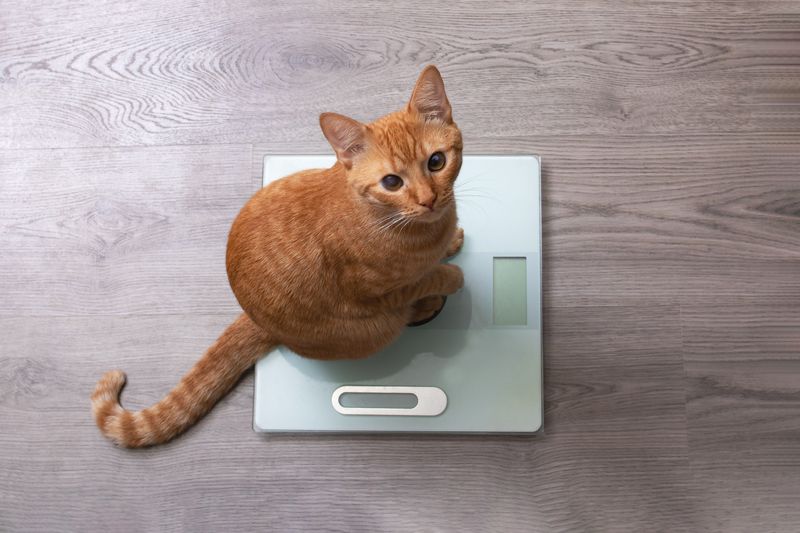
If your pet gets tired quickly during walks or playtime, it could be due to extra weight affecting their stamina.
The added stress on joints and muscles makes physical activities harder.
They might seem less enthusiastic about longer play sessions or need frequent breaks.
It’s important to tell the difference between regular tiredness and fatigue caused by being overweight.
Consult your vet to assess your pet’s stamina and create a weight loss plan. Start with light, gradual exercise to build endurance without pushing them too hard.

